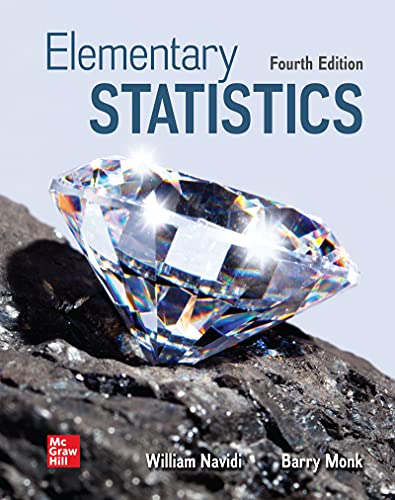Multiple testing problem: Each student tosses both a penny and a nickel 50 times each, and performs
Question:
Multiple testing problem: Each student tosses both a penny and a nickel 50 times each, and performs a test of the hypothesis H0: p1 = p2 versus H1: p1 ≠ p2, where p1 is the probability of heads for the penny and p2 is the probability of heads for the nickel. If some students reject H0 at the α = 0.05 level, can we conclude the probabilities for coins were different? Or is there a better explanation? Construct a histogram of the P-values. Is it approximately uniform? How does the uniform distribution of the P-value explain the relationship between the significance level and the probability of a Type I error?
Fantastic news! We've Found the answer you've been seeking!
Step by Step Answer:
Related Book For 

Question Posted:





